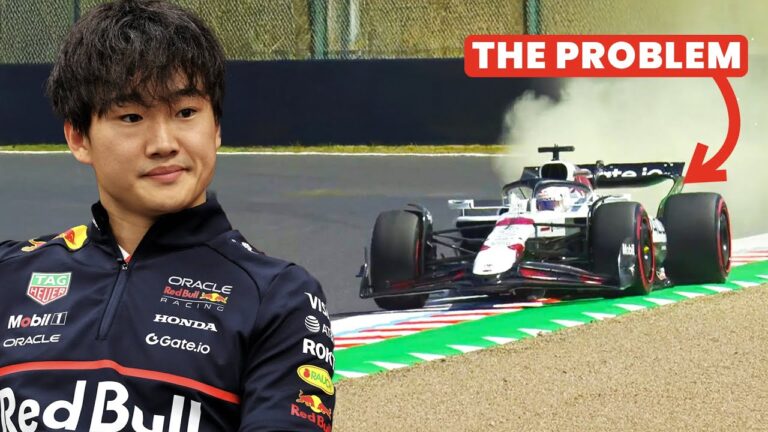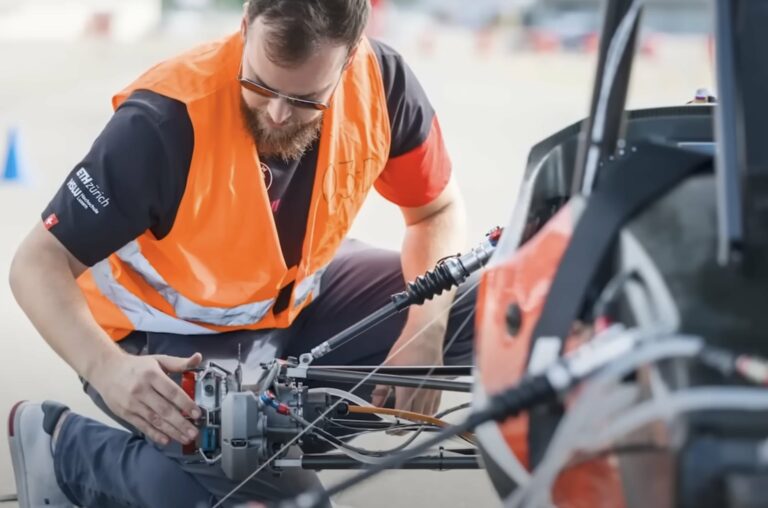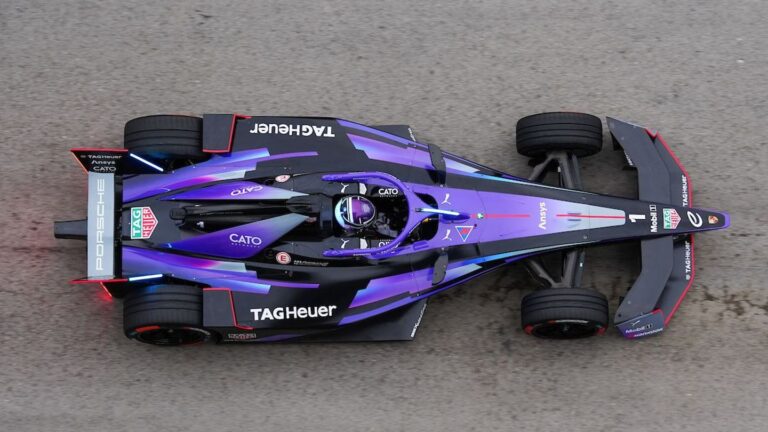
Across motorsport, race strategy often revolves around a simple principle: get to the front, stay in the front. However, a recent Formula E race challenged this convention in a way that left even experienced fans puzzled. Throughout the majority of the event, no driver seemed eager to lead the race. The reasoning behind this surprising approach lies in the unique dynamics of Formula E cars and their energy-dependent strategies.
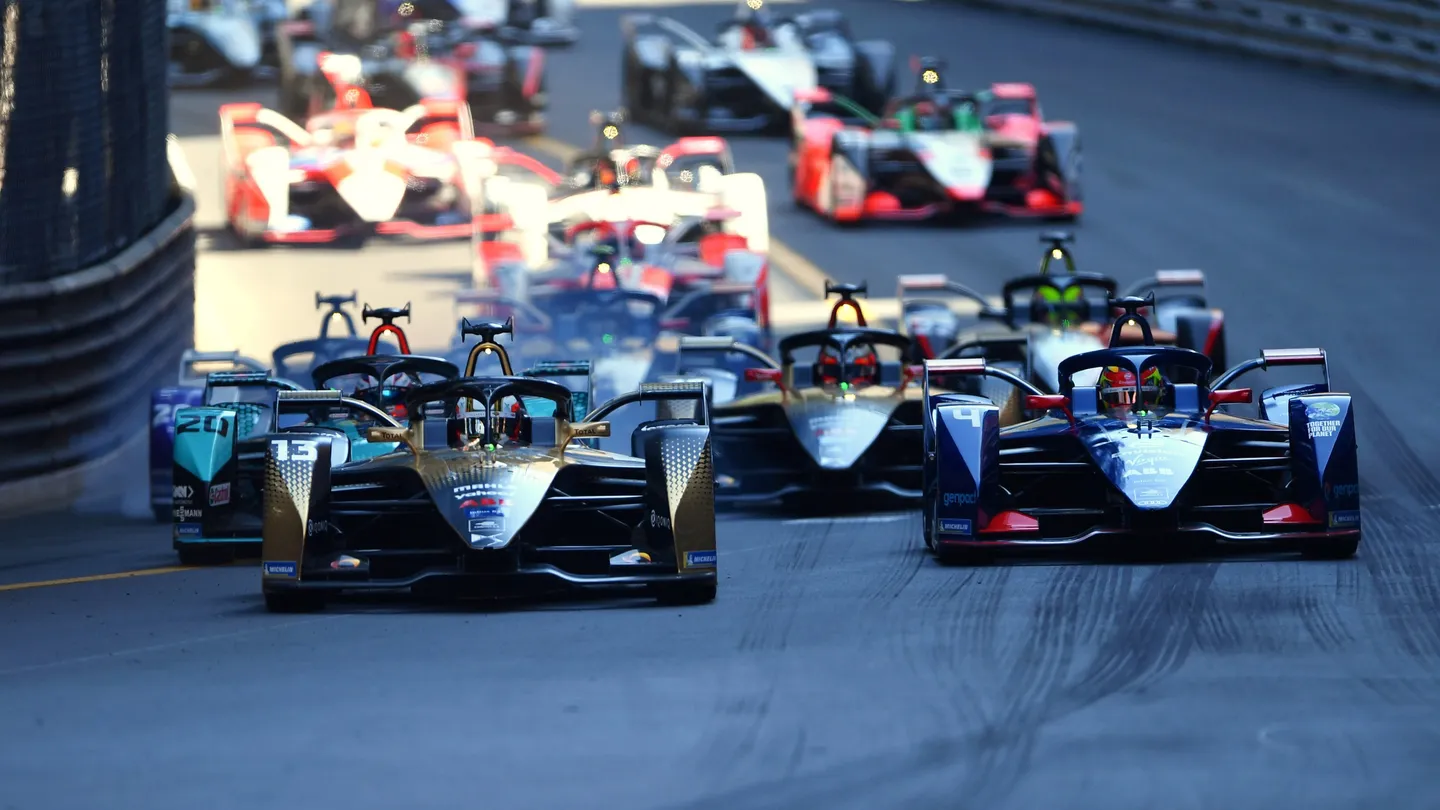
The Formula E Difference
In traditional motorsports like Formula 1 or endurance racing, controlling the pace from the front is a proven strategy. Leading a race allows drivers to dictate tempo, defend more easily, and manage tyre and fuel consumption effectively. Formula E, however, operates under very different principles. Here’s why.
Formula E cars are engineered for overtaking. They lack the extensive aerodynamic downforce seen in Formula 1, meaning that following another car doesn’t result in the same grip penalty. With longer braking zones and track designs optimised for wheel-to-wheel battles, overtaking becomes more accessible. For instance, during the race in question, an astonishing 190 overtakes were recorded over just 40 laps.
Yet, the ease of overtaking isn’t the sole reason drivers avoided the lead.
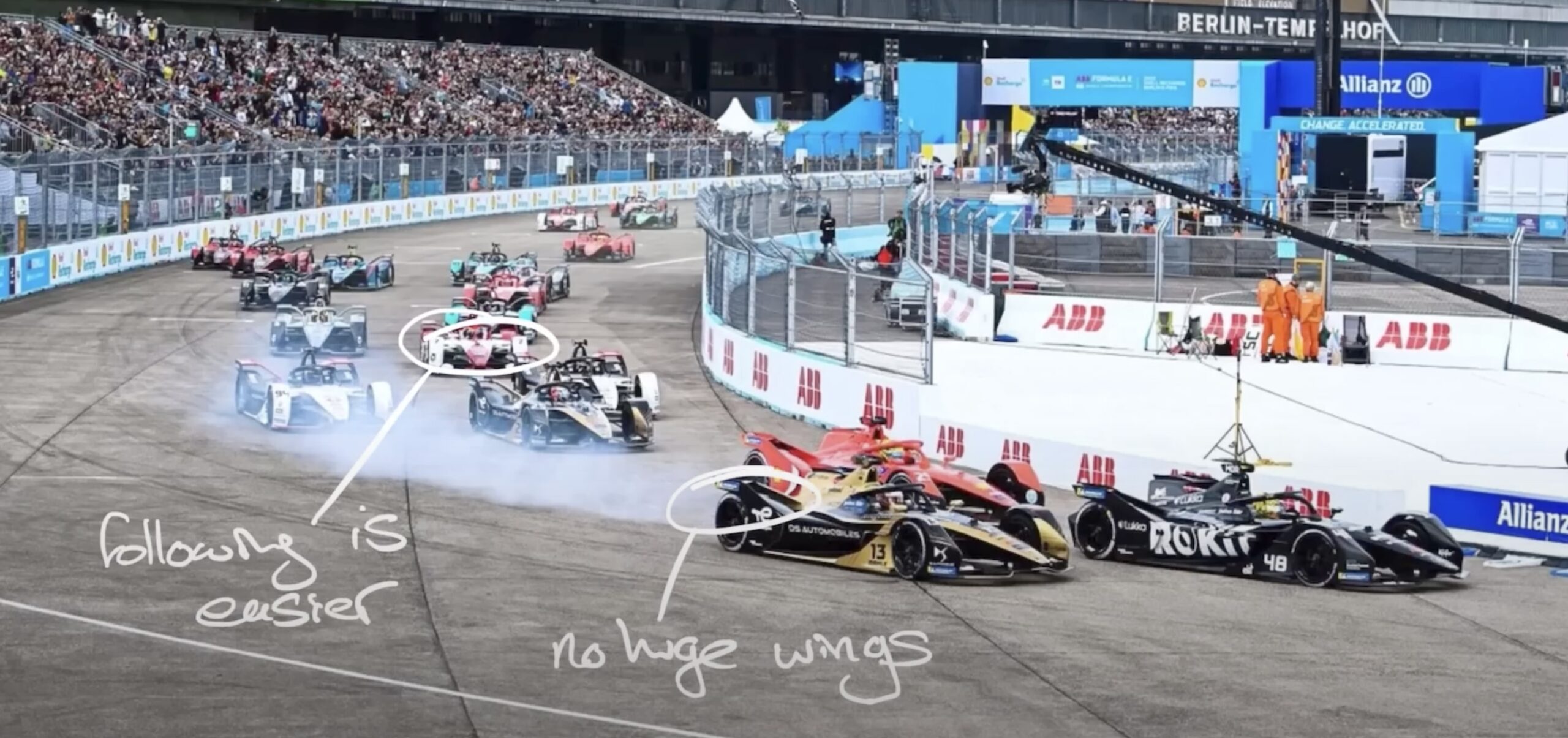
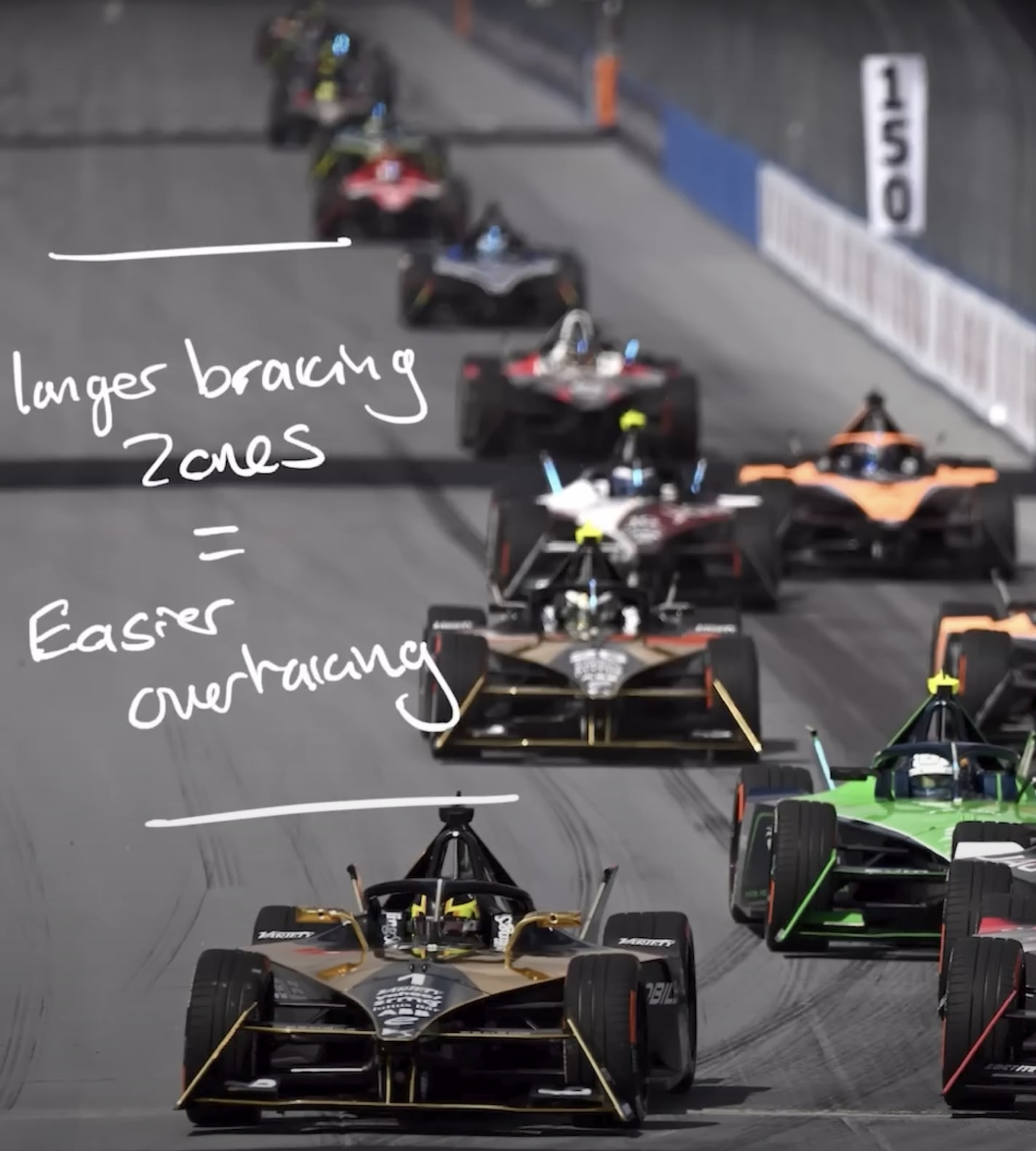
A Strategic Energy Game
Jake Dennis, a Formula E driver for Avalanche Andretti, shared insights into the strategy. Unlike other series, Formula E drivers must carefully manage their battery energy. The aerodynamic “tow” effect plays a significant role here—drivers following another car experience reduced drag, making them up to 20% more energy-efficient. This energy savings is critical for executing a powerful sprint in the final laps.
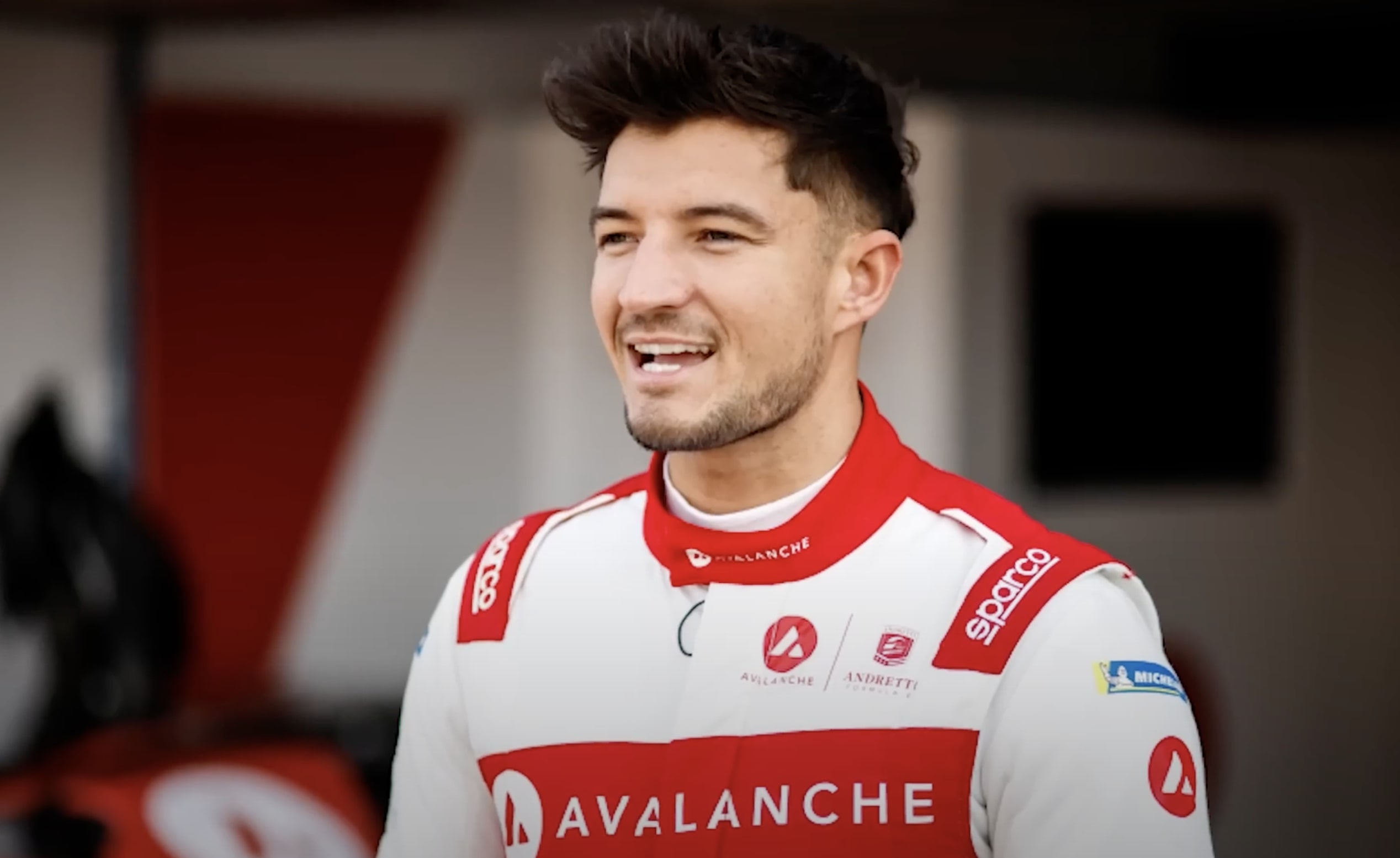
In essence, the optimal early race strategy is to “sit in the pack.” Positions like P5 to P8 allow drivers to conserve energy by taking advantage of the tow while avoiding the turbulent risk zones further back. However, this isn’t without challenges. The mid-pack can get crowded, increasing the likelihood of crashes as drivers jostle for these coveted energy-efficient spots.

Balancing Efficiency and Safety
Navigating this energy-driven strategy involves a delicate balance between aggression and caution. Staying too far back risks entanglement in accidents, while pushing too far forward burns precious energy reserves. Drivers must also anticipate the right moment to transition from conserving energy to launching an all-out attack.
This switch typically occurs in the last five or six laps. During this phase, drivers treat every lap like qualifying, maximising lap time and seizing overtaking opportunities. Every attempt, however, comes at a cost—overtaking expends energy, so precision and timing are critical.
Adapting Driving Styles for Efficiency
Another fascinating element of Formula E strategy is how it demands an entirely different driving style compared to traditional single-seaters. To conserve energy, drivers focus on maintaining high minimum cornering speeds. A geometric racing line, featuring smoother arcs and less aggressive steering angles, helps achieve this. While this technique sacrifices some braking and acceleration efficiency, it allows drivers to carry more momentum through corners, reducing energy consumption overall.
Drivers also employ techniques like “lift and coast” to delay braking and regenerate energy during deceleration. This intricate interplay of tactics underscores the complexity of Formula E racing.
A Unique Motorsport Challenge
The result of these dynamics is a race that blends engineering, strategy, and driver adaptability in ways unseen in other series. It’s a mental and physical test for drivers and engineers alike, requiring precision not just in vehicle handling but also in decision-making.
For fans, this translates into an unpredictable and thrilling spectacle where the winner is often decided in the final moments. Formula E isn’t just another motorsport—it’s a glimpse into the future of racing.





